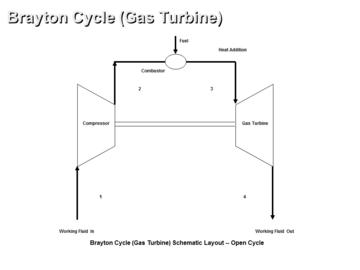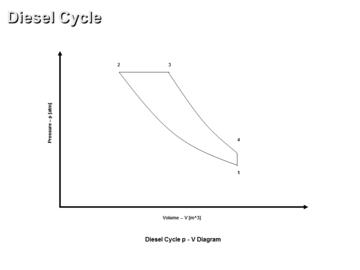Advanced Otto Cycle and Combustion Analysis
English
30-Day Money Back Guarantee
Full Lifetime Access
Self-Paced
Finish in
60 mins!
Finish in
60 mins!
Made for for
Employees
and
Supervisors
Employees
and
Supervisors
No Certificate
Provided
Provided
Mobile -
Friendly
Access
Friendly
Access
What you'll learn
In this course, the student gets familiar with the Otto Cycle and combustion as well as their p - V, T - s and h - T diagrams
Ideal operation and major performance trends
Skills covered in this course
Description
The ideal cycle for a simple gasoline engine is the Otto Cycle.In this course material, the open, simple Otto Cycle used for stationary power generation and combustion are presented.
For Otto Cycle, only air is used as the working fluid.
When dealing with combustion, six different fuels (carbon, hydrogen, sulfur, coal, oil and gas) react with air and oxygen enriched air as the oxidant at different stoichiometry values (stoichiometry => 1) and oxidant inlet temperature values.
For Otto Cycle, thermal efficiency derivation is presented with a simple mathematical approach.Also, p - V and T - s diagrams and power cycle major performance trends (thermal efficiency, specific power output, power output, combustion products composition on weight and mole basis, specific fuel consumption and stoichiometry) are plotted in a few figures as a function of compression ratio and combustion temperature. It should be noted that this course material does not deal with costs (capital, operational or maintenance).
The combustion technical performance at stoichiometry => 1 conditions is presented knowing the specific enthalpy values for combustion reactants and products, given as a function of temperature. Combustion products composition on both weight and mole basis is given in tabular form and plotted in a few figures. Also, flame temperature, oxidant to fuel ratio and fuel higher heating value (HHV) are presented in tabular form and plotted in a few figures. The provided output data and plots allow one to determine the major combustion performance laws and trends.
For Otto Cycle, only air is used as the working fluid.
When dealing with combustion, six different fuels (carbon, hydrogen, sulfur, coal, oil and gas) react with air and oxygen enriched air as the oxidant at different stoichiometry values (stoichiometry => 1) and oxidant inlet temperature values.
For Otto Cycle, thermal efficiency derivation is presented with a simple mathematical approach.Also, p - V and T - s diagrams and power cycle major performance trends (thermal efficiency, specific power output, power output, combustion products composition on weight and mole basis, specific fuel consumption and stoichiometry) are plotted in a few figures as a function of compression ratio and combustion temperature. It should be noted that this course material does not deal with costs (capital, operational or maintenance).
The combustion technical performance at stoichiometry => 1 conditions is presented knowing the specific enthalpy values for combustion reactants and products, given as a function of temperature. Combustion products composition on both weight and mole basis is given in tabular form and plotted in a few figures. Also, flame temperature, oxidant to fuel ratio and fuel higher heating value (HHV) are presented in tabular form and plotted in a few figures. The provided output data and plots allow one to determine the major combustion performance laws and trends.
Table of Contents
Otto Cycle
Analysis
Assumptions
Governing Equations
Input Data
Results
Conclusions
Combustion
Analysis
Case Study A
Case Study B
Case Study C
Case Study D
Assumptions
Governing Equations
Input Data
Results
Case Study A
Case Study B
Case Study C
Case Study D
Figures
Conclusions
Author
His engineering professional experience of forty (40) years includes performing analytical modeling and computer modeling of physical properties, power cycles, power cycle components/processes and compressible flow components. Also, it includes conducting conceptual design, analysis and evaluation of energy conversion systems for basic and simple power and propulsion cycles.






